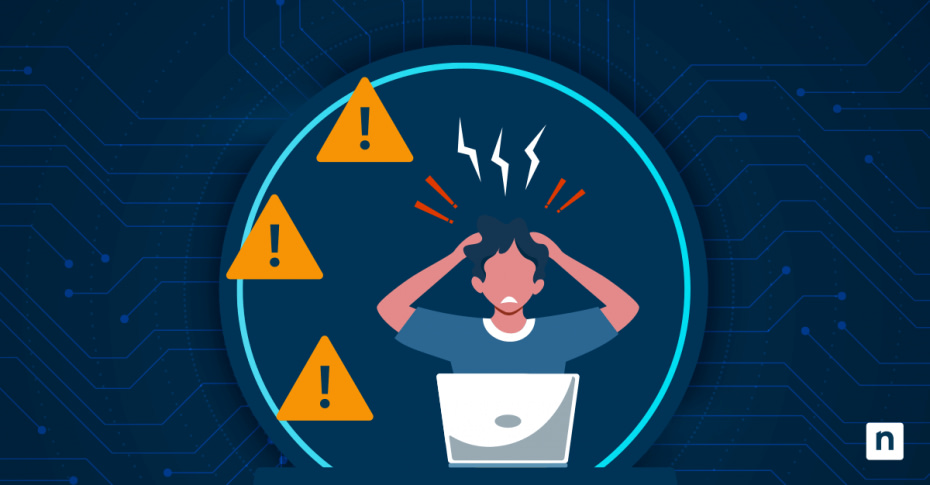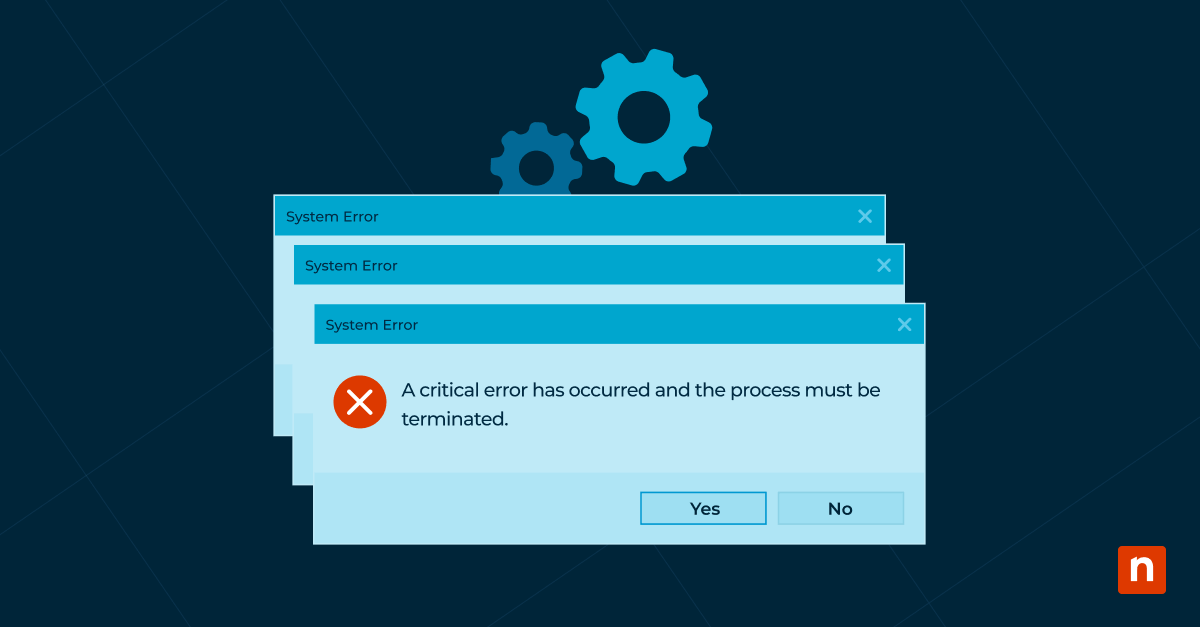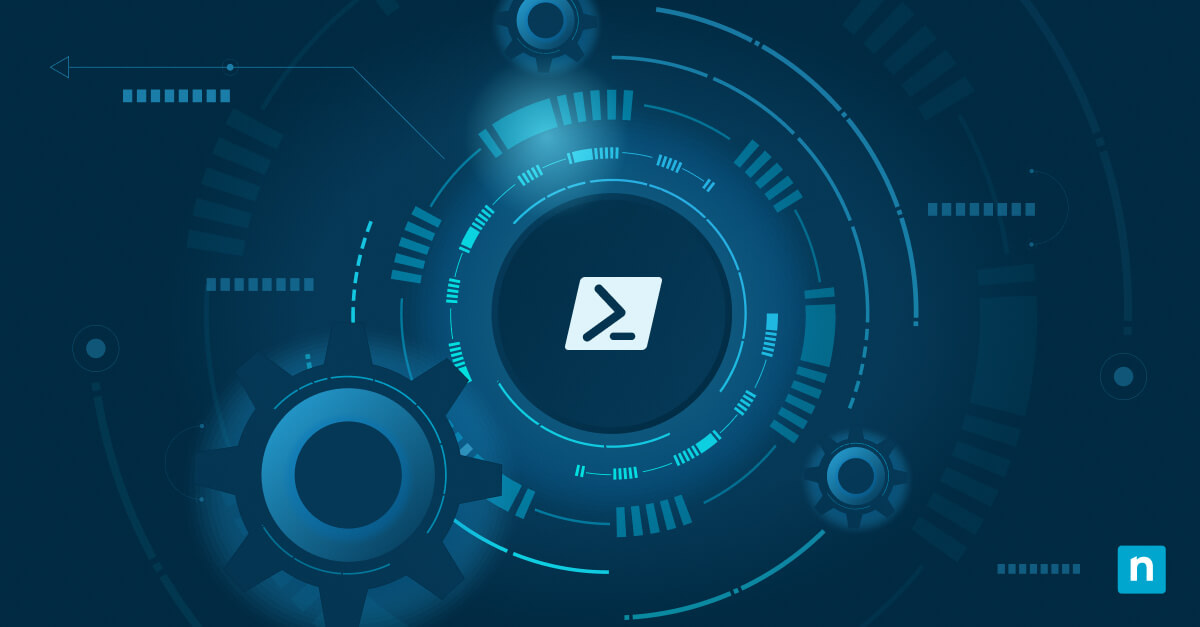Alert fatigue poses significant dangers in fields where timely responses to alerts are critical, such as in medical, technical, or construction fields.
What is alert fatigue?
Alert fatigue, often called notification fatigue or alarm fatigue, is a state of desensitization that occurs when you become indifferent to alerts and can happen when you’re overwhelmed by the sheer volume of alerts or notifications from various technology systems.
This phenomenon is particularly prevalent in environments that rely heavily on monitoring systems, such as network operations centers (NOC), security operation centers (SOC), and IT infrastructure management. As the number of alerts increases, your ability to respond effectively to critical notifications can diminish, posing significant risks to your organization’s efficiency and security.
Causes of alert fatigue
You should understand the root causes of alert fatigue so you can develop effective mitigation strategies. The primary factors contributing to alert fatigue include:
- High volume of alerts: When your systems generate an excessive number of alerts, it becomes challenging to distinguish between critical and non-critical notifications.
- Lack of prioritization: Without a clear system to prioritize alerts based on their severity, you might treat all alerts with equal importance, leading to desensitization.
- Repetitive alerts: Constant exposure to similar alerts can condition you to ignore them, reducing your responsiveness to new notifications.
- Complex alert systems: Systems that are not user-friendly or require extensive interpretation can contribute to alert fatigue by making it difficult for you to quickly understand and respond to alerts.
Impact of alert fatigue on organizations
The consequences of alert fatigue can extend beyond individual employees and affect overall organizational performance and safety.
Decreased response times
When you are flooded with alerts, it becomes much harder to quickly respond to important ones. This delay in response can have severe repercussions, especially in high-stakes environments. For instance:
- In cybersecurity, a delayed response to a critical alert could mean the difference between containing a security breach and allowing it to escalate into a full-blown data compromise.
- In IT operations, delayed responses can result in prolonged system downtimes, affecting business continuity and leading to financial losses.
Additionally, the pressure to sift through numerous alerts can slow down decision-making processes. You might find yourself spending valuable time distinguishing between false positives and genuine threats, which further exacerbates the delay. Over time, critical alerts get buried under a pile of non-urgent notifications, further eroding confidence in the alert system itself and leading to complacency, where even high-priority alerts are not treated with the urgency they deserve.
Missed critical alerts
The more alerts you receive, the higher the chance that important notifications will be overlooked. Missed alerts can result in unaddressed issues, potentially causing significant operational disruptions or security breaches.
In a tech environment, missing a critical alert could mean failing to act on a warning about an impending server failure, leading to data loss or extended downtimes and a cascading effect that disrupts not only IT services but also end-users and business operations.
In cybersecurity, a missed alert about an ongoing intrusion attempt can allow attackers to establish a foothold within your network, leading to unauthorized access to sensitive data. The consequences of such breaches are often severe, including financial losses, legal penalties, and damage to your organization’s reputation.
Additionally, missed alerts can also undermine the effectiveness of your incident response strategy. When critical alerts are not acted upon promptly, it creates gaps in your security posture, making it easier for threats to go undetected and unmitigated.
Employee burnout
Constant exposure to a high volume of alerts can lead to burnout, as you feel overwhelmed and unable to manage your workload effectively. This not only impacts your performance but also contributes to higher turnover rates and reduced job satisfaction.
In an environment where alert fatigue is prevalent, you might find yourself in a perpetual state of stress, struggling to keep up with the constant influx of notifications. This chronic stress can lead to physical and mental exhaustion, making it difficult to stay focused and perform at your best.
Burnout also has broader implications for your team and organization. When employees are burned out, their productivity declines and they are more likely to make mistakes, which can compromise the overall effectiveness of your IT operations and security measures.
High turnover rates associated with burnout mean that valuable institutional knowledge is lost, and the continuous cycle of training new staff can be costly and time-consuming. The impact on morale can also be profound, as remaining team members may feel overburdened and unsupported, perpetuating a cycle of burnout and turnover.
How to avoid alert fatigue
To combat alert fatigue, you must implement strategies that reduce the volume of non-critical alerts and enhance the effectiveness of your alert systems. Here are several approaches:
Prioritizing and filtering alerts
By categorizing alerts based on their severity and relevance, you can ensure that your team focuses on the most critical notifications first. Filtering out low-priority alerts helps reduce the overall volume, making it easier to manage your workload.
Implementing intelligent alert systems
Advanced alert systems can analyze patterns and behaviors to predict and prioritize alerts, ensuring that only the most relevant notifications reach you. Intelligent alert systems can also reduce the frequency of false alarms, further minimizing the risk of alert fatigue.
Establishing clear escalation procedures
Establish protocols that dictate how alerts are escalated based on their severity and the roles responsible for responding to them. Clear procedures help prevent important notifications from being overlooked and ensure a swift response to critical issues.
Have a qualified third-party SOC manage your alerts
Outsourcing alert management to a qualified third-party Security Operations Center (SOC) can alleviate the burden on your internal teams. A third-party SOC can provide round-the-clock monitoring and response, ensuring that alerts are managed efficiently and effectively. This approach allows your internal teams to focus on core responsibilities without being overwhelmed by the volume of alerts.
Future trends in alert management and notification fatigue prevention
As technology continues to evolve, new trends are emerging to address alert fatigue and improve notification management. Future developments in this field are likely to include:
- Enhanced AI and machine learning capabilities: Future alert systems will leverage even more sophisticated AI and machine learning algorithms to predict and prioritize alerts more accurately, reducing the volume of non-critical notifications.
- Integration of wearable technology: Wearable devices that monitor physiological responses could be used to detect signs of alert fatigue in real-time, allowing organizations to adjust alert systems accordingly.
- Increased focus on user experience: Future alert systems will prioritize user experience, with interfaces designed to be intuitive and easy to navigate, helping you manage alerts more effectively.
- Collaborative alert management platforms: Platforms that enable real-time collaboration and communication among team members will enhance the efficiency of alert management, ensuring that critical issues are addressed promptly.
By implementing these strategies and staying abreast of emerging trends, you can effectively combat alert fatigue and ensure that your alert systems enhance, rather than hinder, operational efficiency and security.
NinjaOne’s remote monitoring platform offers seamless endpoint management and proactive issue resolution. It also addresses alert fatigue by providing advanced monitoring and tailored notifications. Request a demo today to see how NinjaOne can optimize your IT operations and reduce alert fatigue.








